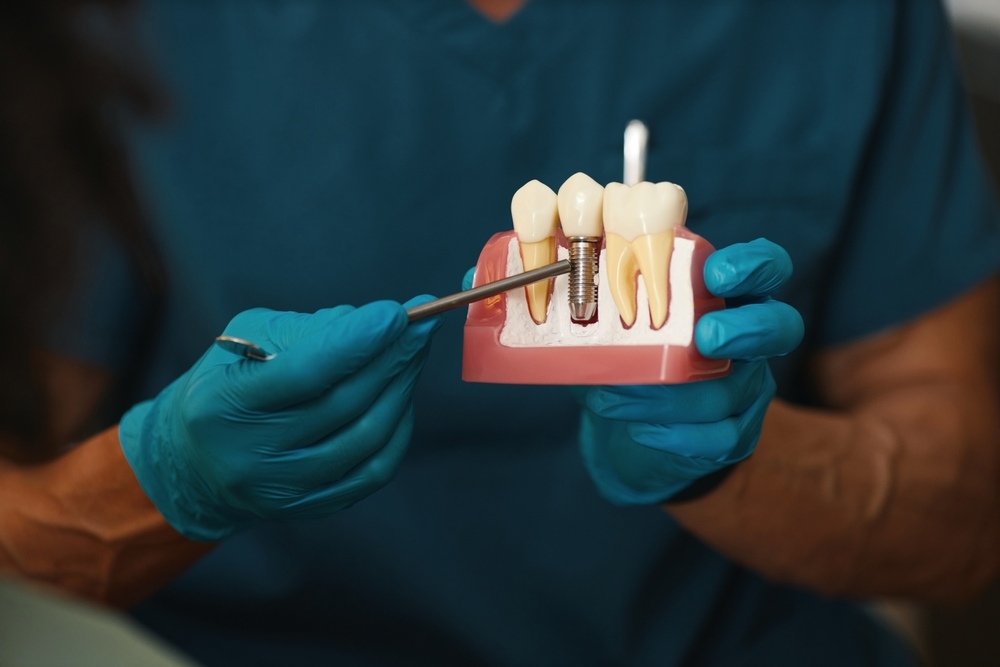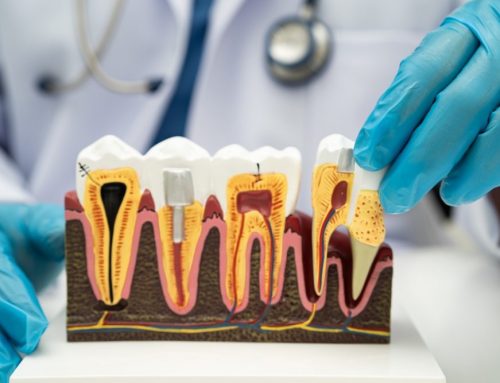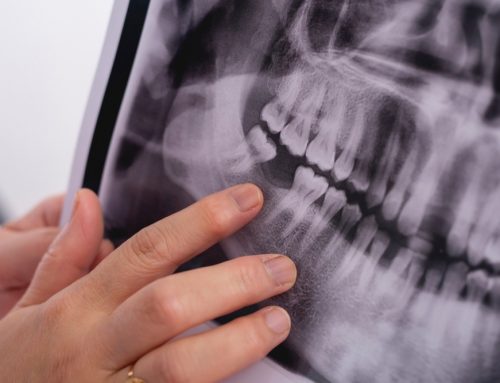Dental implants provide a long-lasting solution for replacing missing teeth and restoring your smile. If you’re considering dental implants, understanding how they work is essential. These innovative dental solutions offer both functional and aesthetic benefits, providing you with the confidence to speak, smile, and eat comfortably again. Let’s take a closer look at how dental implants function and the steps involved in the procedure.
What Are Dental Implants?
Dental implants are artificial tooth roots made from titanium surgically placed into your jawbone to replace missing teeth. Unlike bridges or dentures, which sit on top of the gums, dental implants are embedded directly into the jawbone, creating a stable foundation for replacement teeth. Over time, the bone naturally integrates with the implant, creating a secure and durable bond. This process, known as osseointegration, ensures that your new teeth are as strong as your natural ones.
The Dental Implant Procedure
The procedure for placing a dental implant typically involves several steps. First, your dentist will perform a thorough examination, including X-rays or 3D imaging, to assess the health of your jawbone and determine if you’re a good candidate for the procedure. Bone grafts may sometimes be necessary to ensure sufficient bone density. Afterward, the implant will be surgically placed into the jawbone. This procedure is typically performed under local anesthesia, ensuring your comfort throughout the process. After the implant is placed, a healing period of several months is required for osseointegration to occur, allowing the replacement tooth to be securely attached.
The Healing Process and Osseointegration
Once the dental implant is placed, your jawbone needs time to fuse with the implant, a process known as osseointegration. This period typically takes three to six months, depending on your healing process and bone health. During this time, the implant becomes securely anchored in your jaw, providing a solid foundation for your replacement tooth. Your dentist will monitor your progress throughout this process to ensure everything is healing as expected. After successful osseointegration, your dentist will attach an abutment, which connects the implant and the new tooth.
Benefits of Dental Implants
Dental implants offer numerous benefits over other tooth replacement options. Since the implants are integrated directly into your jawbone, they provide enhanced stability and prevent bone loss, a common issue with missing teeth. Implants also preserve the integrity of your surrounding teeth, as they don’t require grinding down adjacent teeth like bridges. In addition to improving your oral health, dental implants can restore your ability to chew, speak, and smile confidently. They also look and feel like natural teeth, offering a more comfortable and aesthetically pleasing solution than traditional dentures.
Maintaining Your Dental Implants
Once your dental implants are in place, proper oral hygiene is essential to ensure their longevity. Brushing and flossing regularly, along with attending routine dental checkups, are crucial for maintaining the good condition of your implants. While dental implants are highly durable, they still require care to prevent infections or other complications. If you notice any changes in your implant or experience discomfort, contact your dentist promptly for a checkup.
Ready for Your Dental Implant Consultation?
Dental implants are an excellent option for those seeking a permanent and reliable solution to replace missing teeth. If you have any questions or are ready to take the next step, contact Dental Arts San Diego at (619) 762-4430 to schedule your consultation. Our expert team is here to guide you through the entire process and help you achieve the smile you’ve always wanted.









